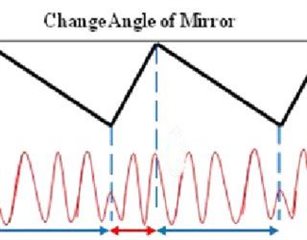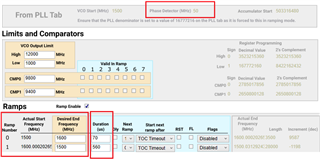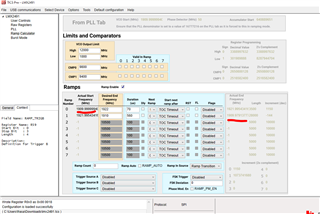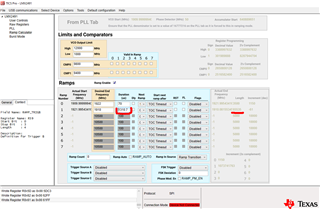Other Parts Discussed in Thread: LMX2492,
Hello.
In our designs we are using TI Dsps and also an ADI device for signal generation.
For this, we have created a coherent system, and all components are sourced from the same clock across the board at 50Mhz.
We would like to know if with Lmx2491 or Lmx2492, we would be able to set a ramp time that is an exact multiple of the ADC sampling frequency in continuous mode (phase coherency).
From a quick look at TIcs pro sw, we do not see much control of the ramps. Is there any other tool or spreadsheet for this? Probably what we want to do is easier by directly writing to the Registers.
Please, could you give us some advice about this? We think Lmx2491 could be a perfect fit for our application.
Best regards





